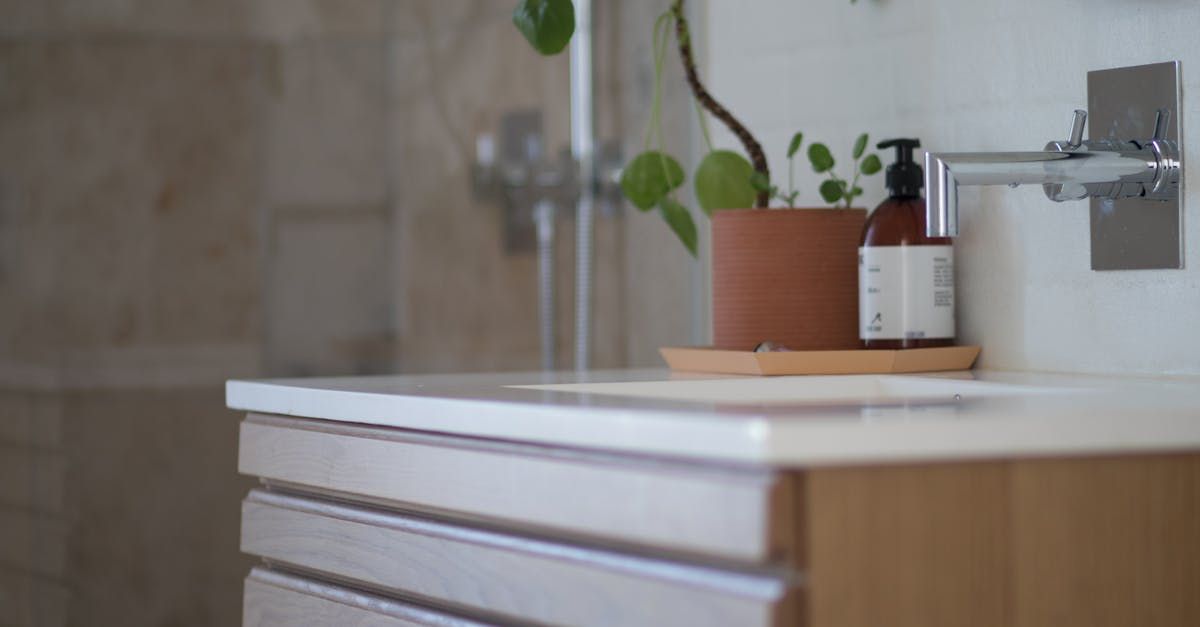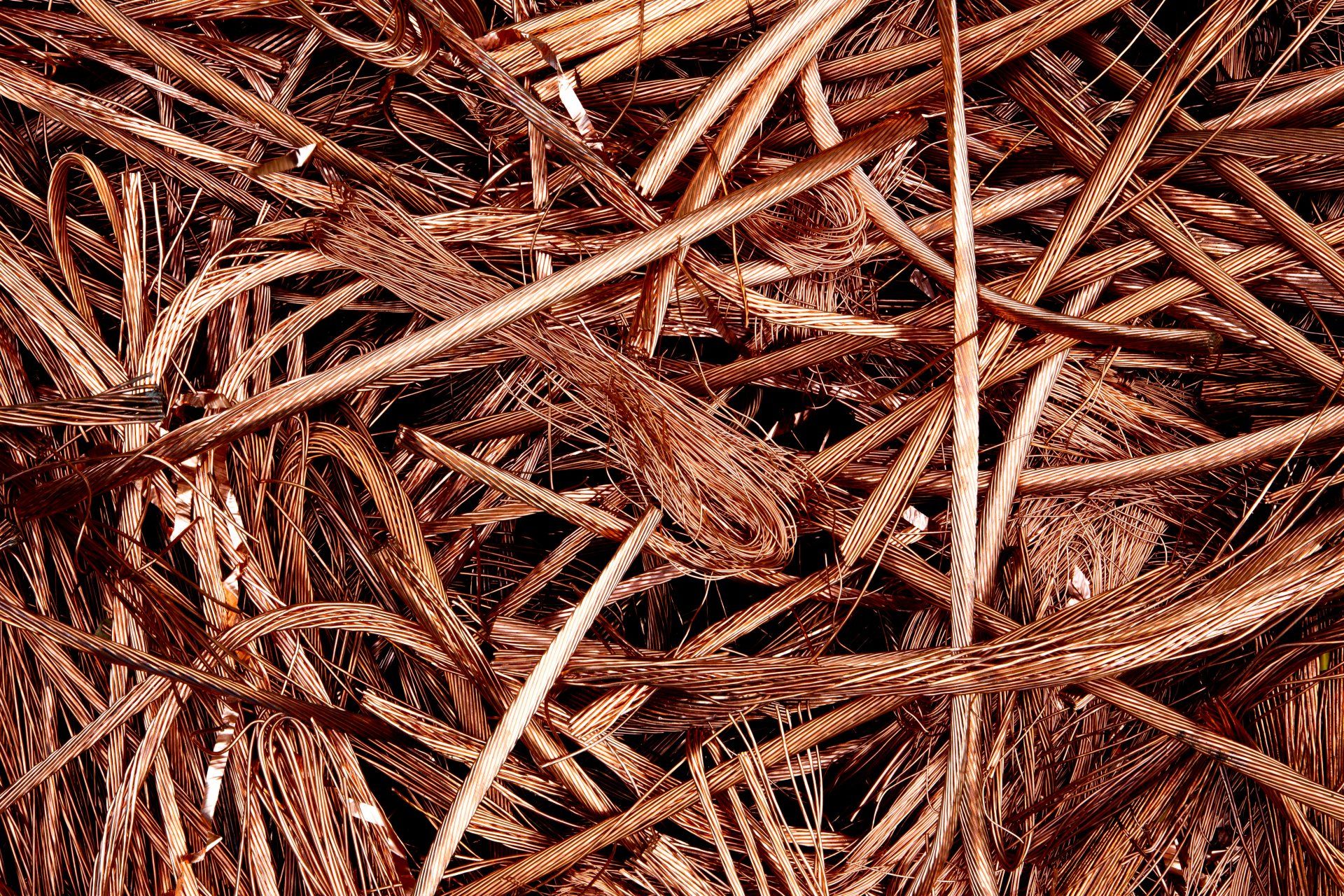Best Practices for Recycling Scrap Metal
The metal recycling industry generates more than $60 billion in income each year. Earning your share of this money is easy when you follow these best practices to get started with scrap metal recycling.
Learn to Distinguish Different Types of Metals
Metals generally fall into one of two categories: ferrous and non-ferrous. Ferrous metals are those that contain iron, including wrought iron, alloy steel and cast iron. Although recyclable, a scrap yard will pay you less for ferrous metals such as aluminum and copper that do not contain any iron.
To keep your metals separate, you will first need to see whether they are ferrous or non-ferrous. Use an ordinary magnet and if it sticks, then the metal is ferrous.
Set up a Work-space
Many of your scrapping projects will require you to disassemble appliances, electronics, and other similar items in order to separate the different forms of metal. As such, you will need a table or workbench along with a few basic tools such as hammers and screwdrivers.
Near your workstation, you will want to place various sized bins so that you can keep your metal separated. This will also make it easier to organize your vehicle whenever it is time to bring your scrap metal in for payment.
Scour Sources of Scrap Metal
You probably have plenty of scrap metal lying around just waiting to be recycled. But how will you replenish that supply once it is gone? You’ll need to find outside sources such as appliance repair shops, auto dealerships or even friends and family members. Let people know you are looking for scrap metal and you will probably find they are more than willing to donate to you.
Once you have the above things in place for your best practices, you’re ready to get started. When it’s time to bring your scrap metal in, please contact us so that we can pay you top dollar for all your hard work.
Benefits of Recycling Scrap Metal




